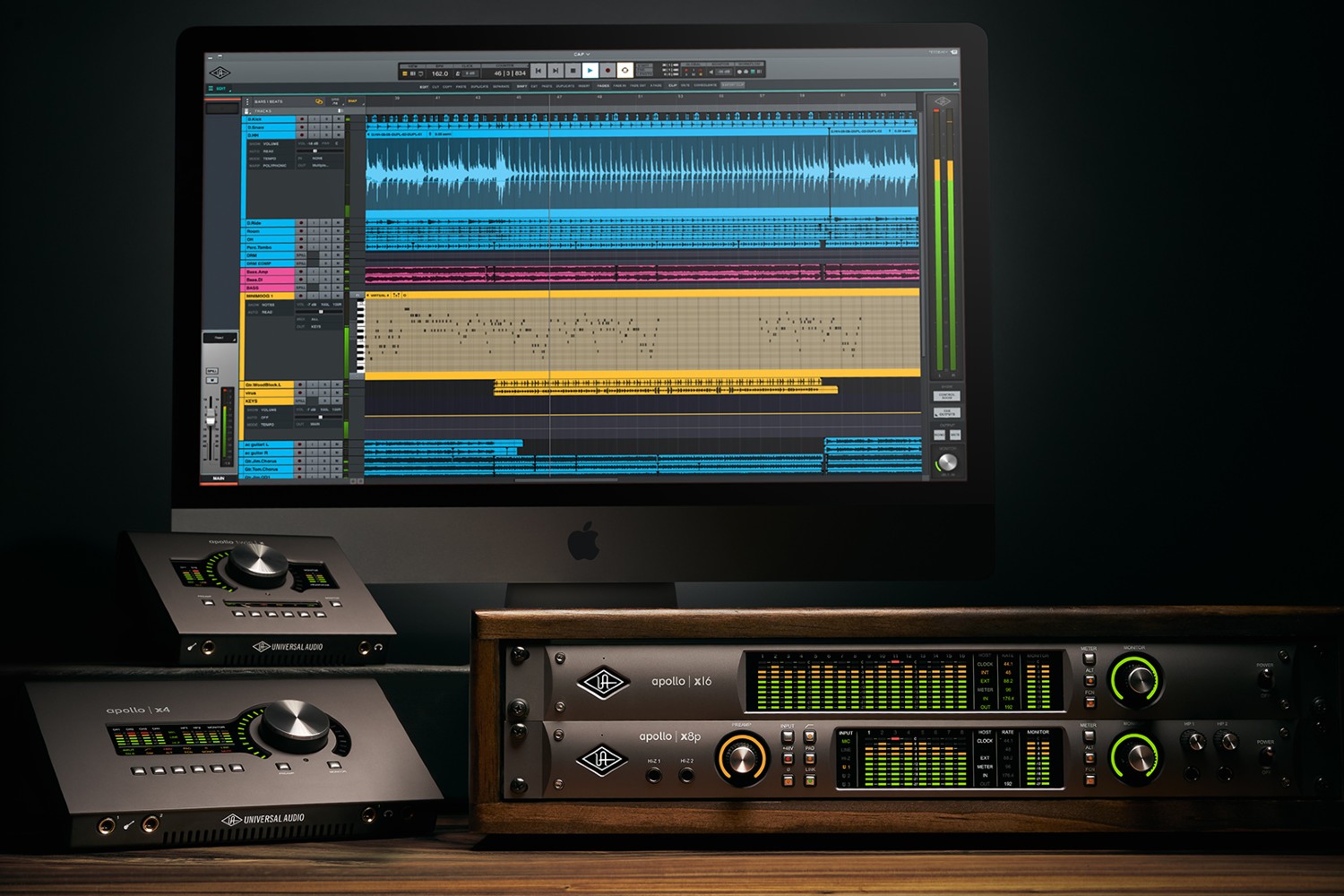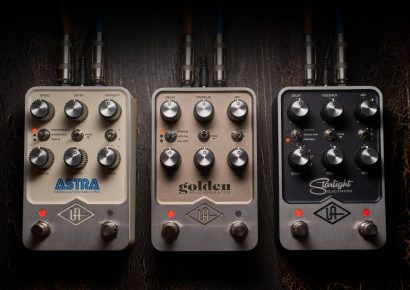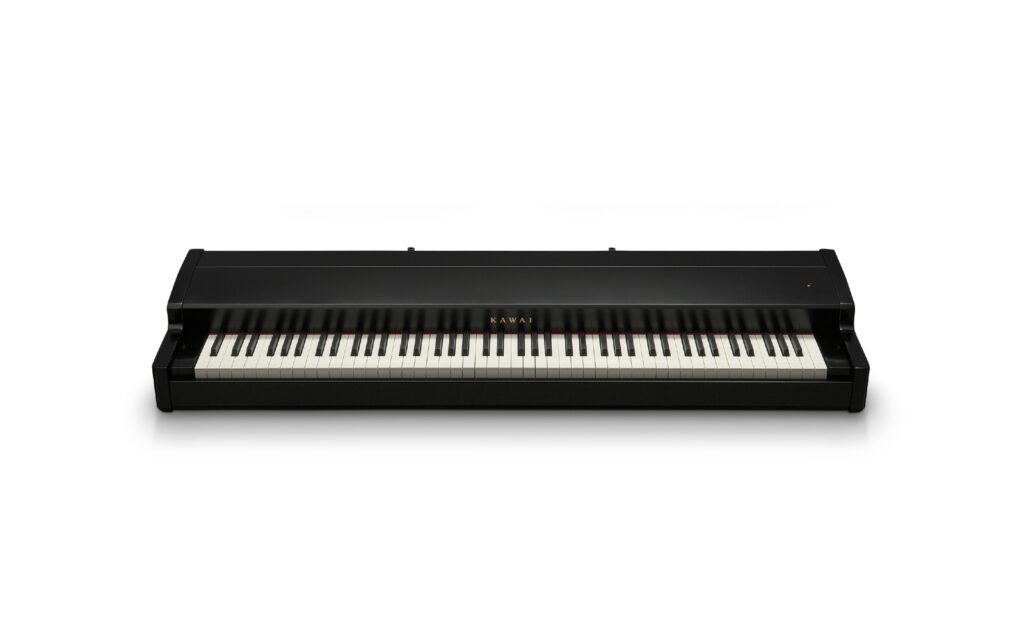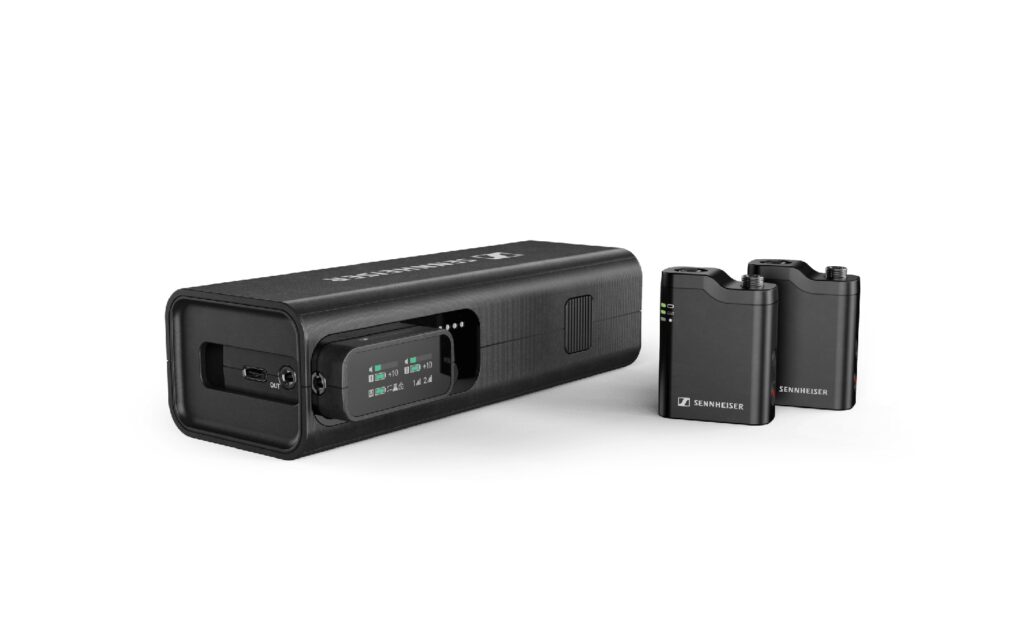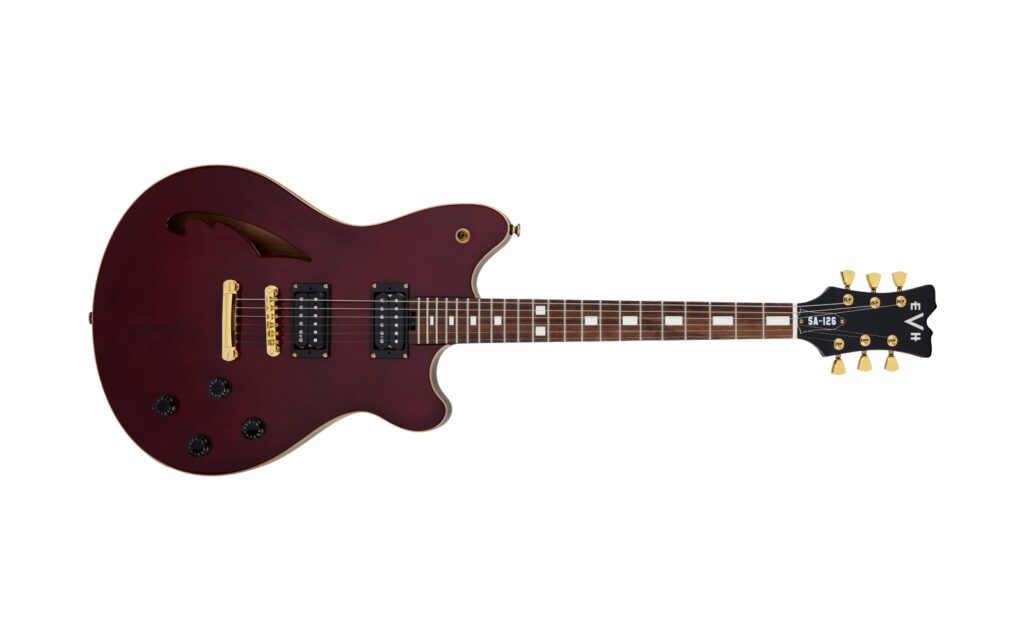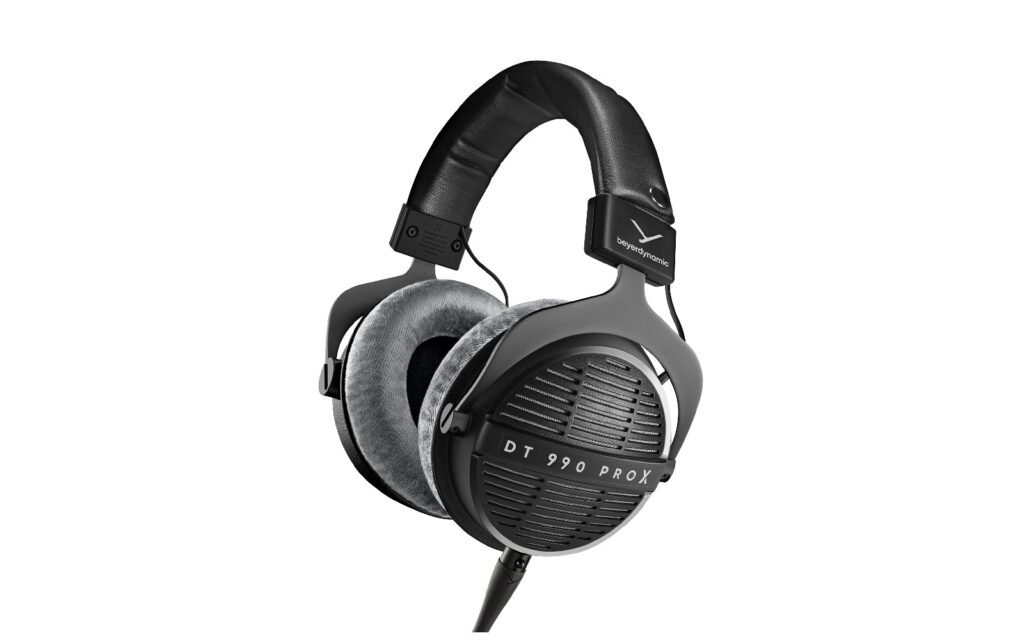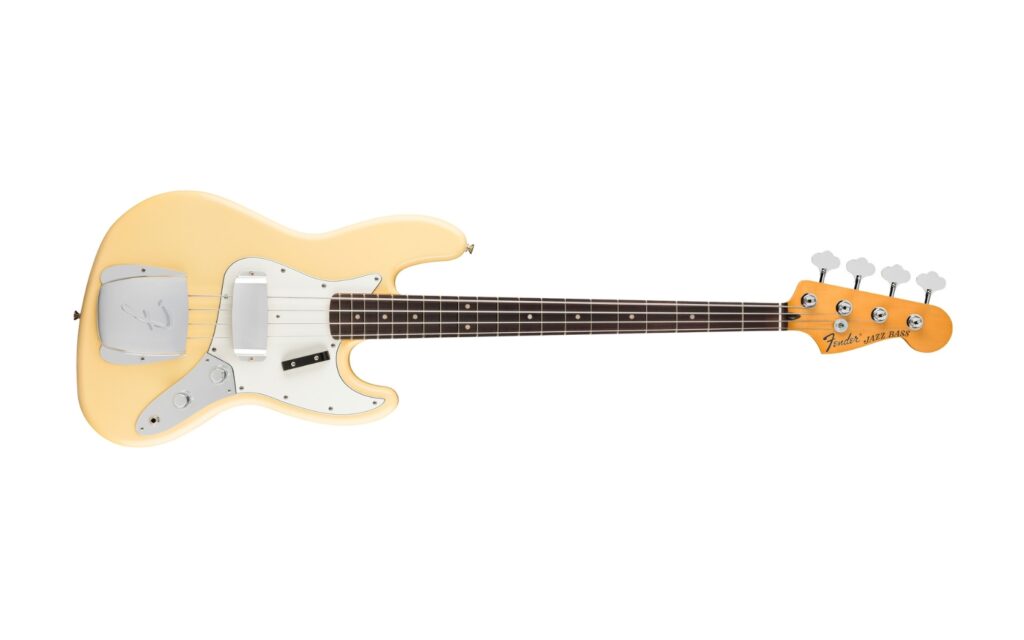Universal Audio | Free with Apollo or Arrow interfaces
If there was ever a brand that embodies exactly where we are at in regards to the evolution of the recording studio, it would be Universal Audio. A multi-generational family business who have been on the cutting edge of studio technology since the late ‘50s – from tube to solid state, hardware to software, native to DSP and beyond, they hold a singular place at the table, both historically and technologically – pioneering many of the studio advancements we now take for granted.
As it stands in 2021, the brands digital arm (UAD) are the undisputed kings of the professional plugin/interface market, producing some of the most used and sought after digital audio processing in all of pro audio. Their plugin emulations of expensive and hard to obtain studio gear in particular are a bonafide industry standard, used by all the top studios in the game.
Catch up on all the latest music gear reviews here.
When UA announced they would be entering the DAW market at NAMM 2020, it was both a pleasant surprise and an extremely tantalising prospect to those studio acolytes who had been brought up with UA as the third party plugin developer par excellence.
For most manufacturers, it would be a borderline insurmountable task, prying anyone away from the glowing, graphic teet of their traditional DAW of choice and onto an entirely new system, but then again UA aren’t most manufacturers.
Luna has more than impressed, setting a new gold standard for hardware integration in the DAW space-and as word of Luna’s obvious workflow advantages, incredible approach to tactile hardware emulation and pristine sounding audio engine continues to grow, it has successfully made believers out of many, less than 18 months after it’s initial release.
To fully understand the aforementioned deep hardware integration found on Luna and why this is such a game changer, one must first be aware of UA’s standard bearing approach to A/D and the heightened level tactile emulation of analog signal chain found on their line of Apollo and Arrow hardware. The combination of this existing unique architecture, the extremely powerful onboard DSP on UA interface and the brands singular expertise in digital modelling of real world gear, means that Luna has some incredible tricks up its sleeve- features that many of its competitors would struggle to replicate.
Luna is free for all Mac users with a Thunderbolt Apollo or Arrow interface, which is fantastic for current UAD users. Given the brand’s dominance in the current recording climate, rest assured, there’s almost certainly no shortage of UAD users out there at the present juncture.
A recording system designed to get rid of a lot of the pesky double handling that comes with in the box recording and processing, Luna can directly access Unison preamps (UA’s preamp emulation), creating a much more streamline relationship between gain staging, A/D conversion and harmonic saturation, much as one would on traditional console, but that’s not the only nod to the world of analogue workflow.
While mixing with Luna, every channel has dedicated tape emulation processing and all bus channels have the option of Neve channel summing, which along with the aforementioned processing at the input stage, make for an extremely organic and intuitive signal flow, with tracks coming together naturally and effects being chained together in context rather than in isolation.
It can’t be stressed enough how lovely this interaction between the UA hardware and Luna is from a studio workflow perspective. It’s a perfect example of how to do digital audio the right way, with high quality components at the input stage, studio grade conversion, powerful outboard DSP for realistic modelling and a controller-like tweak-ability of hardware from within the user interface. All of these things make recording with Luna an absolute pleasure to work with.
One particularly handy feature is the option of accelerated real time monitoring. Utilising the DSP power of either your Apollo or Arrow unit, Luna can reproduce audio in under 2ms from input to output which is seriously impressive.
This creates opportunities to punch guitar or vocal parts whilst you’re already in the throngs of a CPU heavy mix, in turn making for easier performance revisions and amendments after the fact. This lightning fast monitoring also lends itself to extracting a more natural, better timed performance, because as any engineer will tell you, analogue signal flow starts at the source – first and foremost.
While UAD are renowned for their unrivalled ability to replicate analogue in the digital domain, the ease and simplicity of the editing function definitely takes full advantage of all the luxuries of the modern digital workflow, allowing for easy comping and drag and drop functionality throughout.
The Focus Browser is a highly intuitive feature that appears on the left side of the screen and adapts to whatever task you are currently performing within Luna. For example, clicking on an input will automatically bring up all possible inputs you can route to the channel while clicking on the insert slot will bring up a plugin browser featuring all currently installed plugs. This feature makes me wonder why other DAW creators haven’t thought of this sooner, as it really is a better way to navigate the workspace.
And this is at the crux of what is so exciting about Luna. As the purveyors of the finest software emulations of analogue gear – many of which they themselves pioneered all those years ago – Universal Audio have a rare and intimate understanding of exactly what was good (and not so good) about the analogue era.
Included in LUNA as of 1.1.8 is direct channel strip integration. In the first of hopefully many console emulations, LUNA users can now integrate the API Vision channel strip across each channel of their recording or mixdown, along with the API 2500 bus compressor across sub-mixes and the master fader.
This integration follows the previous updates in which Universal Audio provided users the ability to emulate the tape path with their Oxide, Studer and Ampex tape and summing through a Neve 1272 line amplifier. The API channel had previously existed in LUNA and their DSP plugin formats, though with the update it transforms the workspace into a virtual Vision Console. The GUI is sleek and intuitive, each module is active upon instantiation, and toggle-able into view one processor at a time.
The user can nominate to view the input stage, dynamics processors or EQ circuit on a channel by channel basis across the mixer – making for great ergonomics when tweaking multiple channels at a time across a mix. The EQ processor is selectable between the revered 550L stepped 4-band EQ and the 10-band 560L graphic filter.
The API LUNA extension delivers the signature workflow of an API console with the fast, weighty sonic characteristics that you would expect from the hardware. The effect is of course accumulative across multiple channels and can be subtle on a channel by channel basis – though with several modules and summing amps across a mix it is immediately apparent that it’s adding heft, fast transient response and the smooth tonal response of its hardware counterparts.
The wonders of harmonic saturation at the preamp, the sympathetic nature of tape, the benefits of committing early to a sound, the superiority of editing in the box, the economic upside of not needing to build a reverb chamber on your property: this is the kind of impartial, hybrid thinking that Universal Audio excels at and it’s one of the reasons why Luna is often referred to as a ‘Recording System’ as opposed to just another DAW.
With Luna, it’s not just about the Workstation itself as much as it is about how the Workstation exists within the context of the broader Universal Audio ecosystem and the answer is, naturally, instinctively and above all else, extremely musical.
Chances are, you won’t find another piece of software so sophisticated and organic as Luna – this is music making at its absolute peak. A certified winner, and a clear step into the future for one of the most revered names in audio history.
Head to Universal Audio for more information on LUNA.
